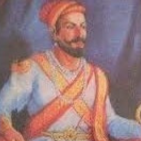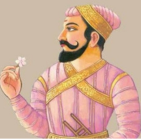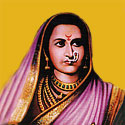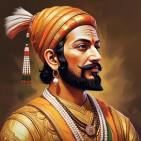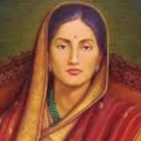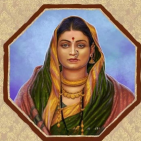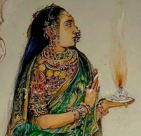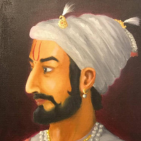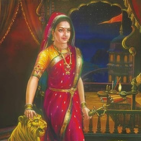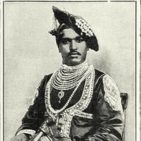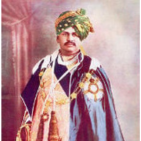Maloji Bhosale
Maloji Bhosale was a 16th-century Maratha noble and the grandfather of Chhatrapati Shivaji Maharaj. He served under the Ahmadnagar Sultanate and was granted the jagirs of Pune and Supe for his military services. Maloji played a crucial role in establishing the Bhosale family's prominence by strengthening their political and social status. His devotion to the goddess Bhavani and his strategic alliances laid the foundation for the rise of the Maratha Empire.
